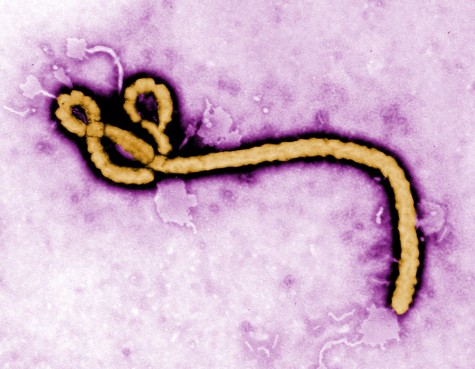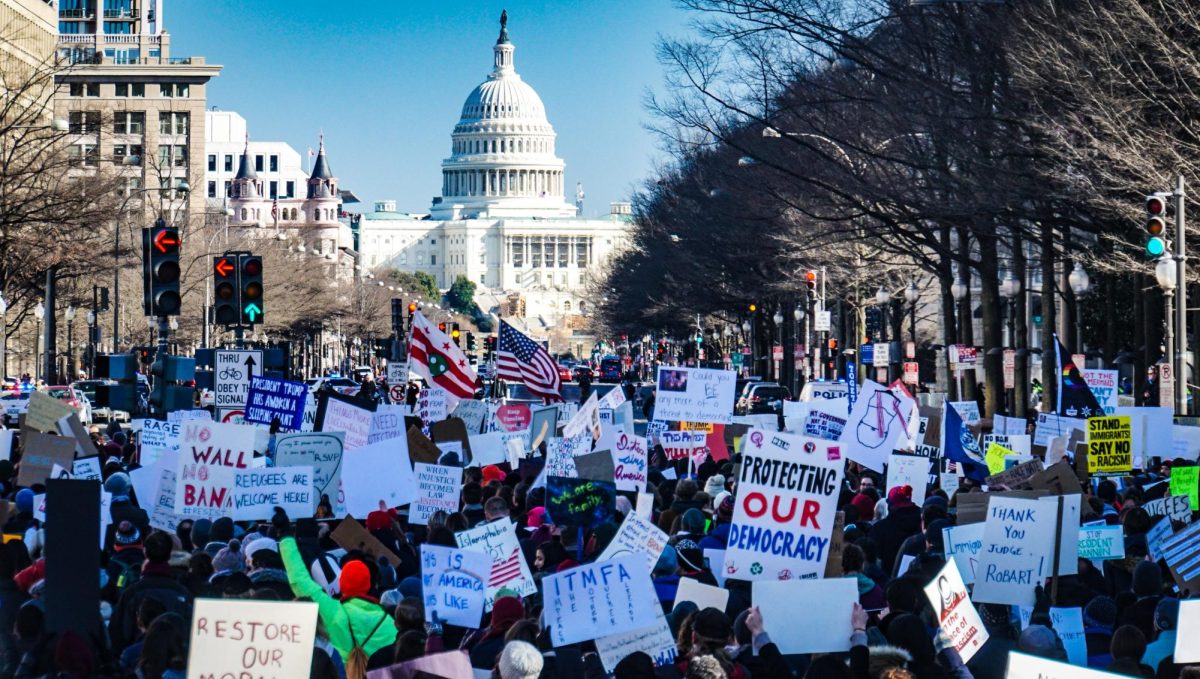Ebola: The Rise of the Silent Killer
October 13, 2014
The Ebola Virus Disease (EVD) has taken a massive toll on multiple countries and communities in West Africa such as Guinea, Liberia, Sierra Leone, Nigeria, and many more. Despite the “low-risk” of an outbreak in the United States, there has already been transmission of the severe fatal illness in America with multiple cases linked to personal relations with countries profusely effected by the silent killer.
Stemming from Central African Nations, researchers hypothesize that the disease originated from three kinds of bats located in the region of Guinea: “The hammer-headed bat, Franquet’s epauletted fruit bat, and the little collared fruit bat.” If the researchers are correct about bats being the original source of the disease, the primary way people in Guinea are becoming diseased is by eating the bats—in which “bat soup” is commonly brewed throughout the homes of many African villages.
Luckily, the virus is not “air-borne,” meaning it is only transmitted through “direct contact” (contact with bodily fluids of the infected or direct contact with infected animals.) However, when there is an outbreak of Ebola, the ruthless virus stops at nothing to spread like a wildfire. Exposure is most common in a hospital or clinic when there is a lack of proper equipment that allows the virus to enter the systems of unprotected staff, or anyone for that matter.
If you happen to be the hapless victim of the virus, symptoms will show between 2 to 21 days of exposure (the average is 8 to 10 days.) The symptoms are: fever, headaches, muscle paralysis, stomach pain, and fatigue.
But with the proper prevention, one does not have to worry about being affected by the disease and showing the signs. Although there is no approved vaccine available, there are precautions you could take if you are in an area affected by the disease. To learn more about Ebola prevention, visist www.cdc.gov/vhf/ebola/prevention .
In response to the wide-spread transmission, the United Nations established the United Nations Mission for Ebola Emergency Response. The UN’s global response to Ebola consists of five missions: to treat everyone infected, to preserve this constancy, to ensure the proper services, to prevent more outbreaks from happening, and finally, to stop the outbreak. Nearly $50 million was funded to the campaign to bolster efforts in preventing the outbreak from reaching America. With the UN’s efforts to hinder the expansion of the Ebola Virus Disease, America doesn’t have to worry about the disease entering the U.S borders… or does it?

What the Ebola virus looks like under a microscope























































